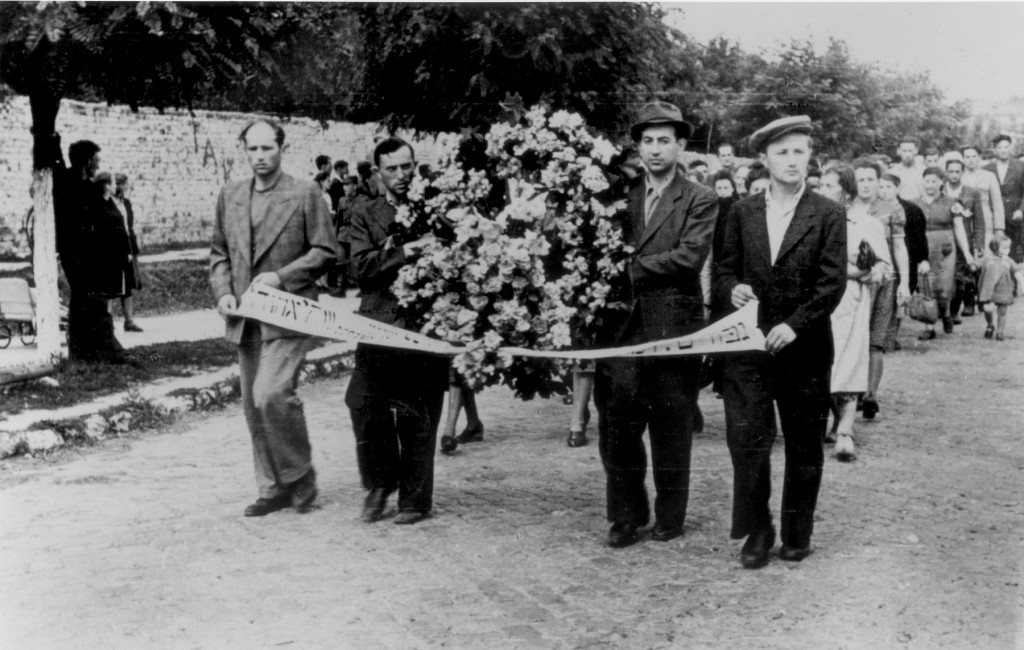
1946–1948: Key Dates
1946

July 4
Polish civilians carry out a pogrom against Jewish survivors in Kielce, Poland. Following a ritual murder accusation, a mob of civilians kills more than 40 Jews and wounds dozens of others. This attack sparks a second mass migration of Jews from Poland and Eastern Europe to displaced persons camps in Germany, Austria, and Italy.
October 1
The International Military Tribunal passes judgment on major Nazi war criminals on trial in Nuremberg, Germany. Eighteen are convicted and three acquitted. Eleven of the defendants are sentenced to death.
October 16
In accordance with sentences handed down after the convictions, ten of the Nuremberg defendants are executed by hanging. One defendant, Hermann Göring, commits suicide in his cell.
1948
May 14
The United States and the Soviet Union recognize the State of Israel.
June 25
The United States Congress passes the Displaced Persons Act, under which approximately 400,000 displaced persons could immigrate to the United States over and above quota restrictions. US officials will issue around 80,000 of the DP visas to Jewish displaced persons.
Critical Thinking Questions
- The International Military Tribunal at Nuremberg is the best known of postwar trials. Investigate trials conducted by individual countries in the late 1940s.

